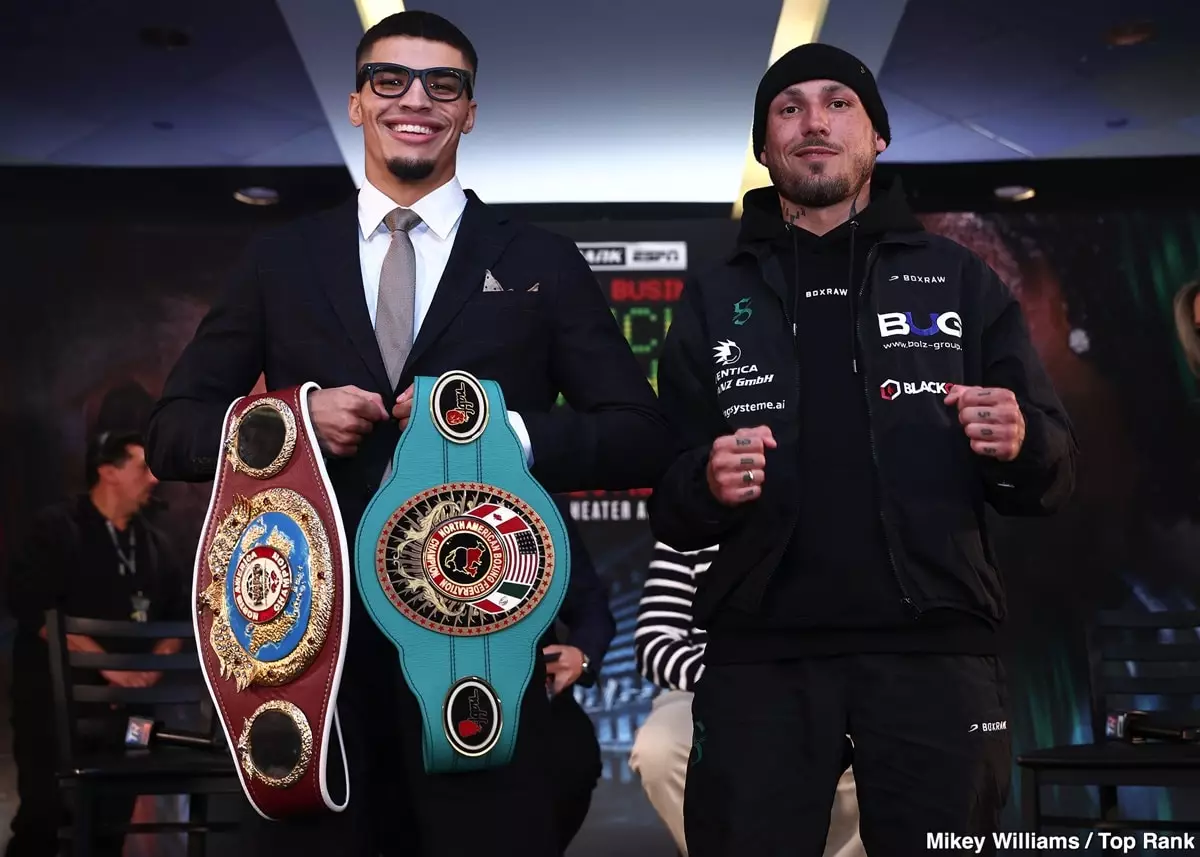Xander Zayas, an emerging talent in the junior middleweight division, publically claimed that he was offered a high-stakes bout against the WBC interim champion Vergil Ortiz Jr. for a February 22nd event in Riyadh. However, Ortiz Jr.’s team opted for a confrontation with the seasoned Israil Madrimov, who formerly held the WBA title at 154 pounds. This decision raised eyebrows and generated debate among fans and analysts alike, sparking a discussion about Zayas’ assertion that Ortiz chose a “safer route.”
While some may sympathize with Zayas’ perception of the situation, it seems there are significant factors that merit a more discerning look. Madrimov’s performance against Terence Crawford demonstrated his prowess—he fought valiantly and showcased a robust technical skill set. Unlike Zayas, who, at 22 years old, may exhibit signs of a less robust chin and less knockout power, Madrimov is seen as a formidable threat. The comparisons lead many in the boxing community to suggest that Zayas might simply be overestimating his standing among established fighters.
The strategy implemented by Top Rank appears evident: they are cultivating Zayas as a potential star, akin to the treatment received by Edgar Berlanga. This method involves meticulously selected matchups that aim to shield Zayas from facing fighters who are currently deemed too dangerous. As Zayas prepares to face Slawa Spomer in an upcoming bout, these protective measures may be essential given his past vulnerabilities. Zayas has yet to demonstrate consistent power, nor has he faced a challenge akin to the likes of Ortiz Jr., Bakhram Murtazaliev, or Sebastian Fundora.
The question arises: how long can this strategy persist? There is an argument to be made that in a sport full of intense competition, a fighter’s growth is stunted if they are not tested against higher-level opposition. While protecting an up-and-coming fighter is a common practice, it ultimately risks turning Zayas into an uncertain prospect—one who may thrive in controlled environments but falter when faced with the harsh realities of elite-level boxing.
Zayas’ remarks regarding Ortiz Jr.’s decisions reveal a fighter keenly aware of the narrative at play. He emphasizes the importance of public perception, suggesting that Ortiz Jr. might have avoided risking his reputation by not facing Zayas. Yet the notion that this particular bout may have more to lose than gain for Ortiz Jr. is worth pondering.
In the realm of combat sports, the story one crafts can be as crucial as the fight itself. Zayas’ articulation, aimed at swaying public sentiment, underscores a broader truth about the sport: reputational stakes are intricately woven into every decision made by fighters and their teams. With the ever-evolving landscape of boxing, Zayas may find his path defined not only by the matches he fights but also by the narratives he chooses to embrace.
As Zayas steps into the ring against Spomer, the outcome will undoubtedly further shape his story in pursuit of a championship and ultimately determine if he can shake off the image of being merely a product of careful matchmaking or evolve into a legitimate contender in the unforgiving world of boxing.

